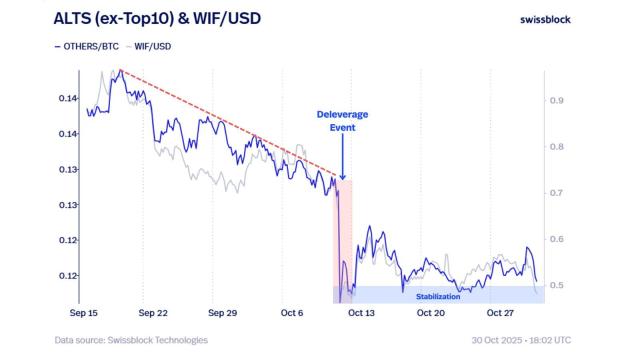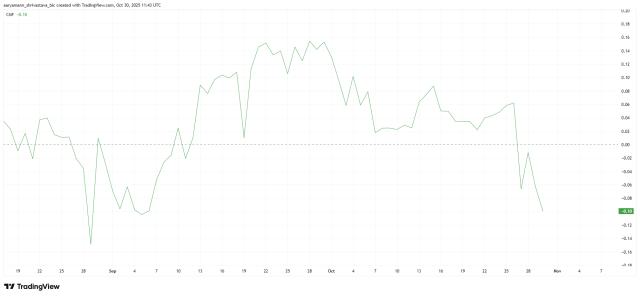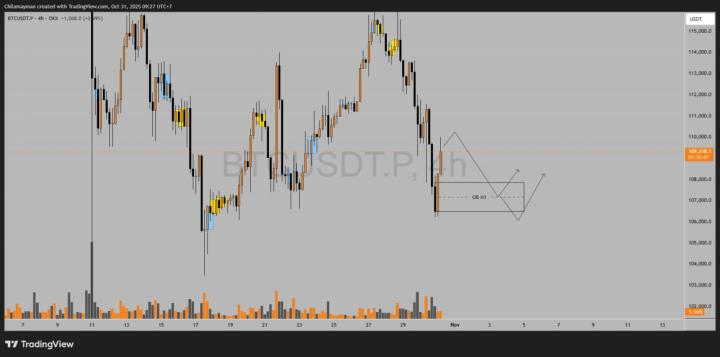The cryptocurrency market witnessed another "coin rush" in late October 2025. The initial coin offerings (ICOs) of Ethereum scaling solution MegaETH, privacy protocol zkPass, and Sui ecosystem decentralized exchange Momentum saw combined subscriptions exceeding $1.4 billion in just a few days, far surpassing their original fundraising targets and pushing valuations to astronomical levels. Is this a reasonable premium for technological innovation, or a resurgence of a bubble? The following outlines the key details, driving forces, and risks behind this frenzy.
Three rising stars sparked oversubscription.
The MegaETH token auction, which opened on Monday, originally planned to raise about $50 million, but ultimately attracted more than $1.3 billion, an oversubscription of 27.8 times. The corresponding theoretical fully diluted valuation (FDV) is close to $27 billion. The project was endorsed by Vitalik Buterin and Joe Lubin, who claimed to achieve sub-millisecond latency, which led to a rapid influx of investors.
The decentralized privacy protocol zkPass also reached its initial $2 million funding goal within minutes of its launch, and has now raised over $67 million. The project uses zero-knowledge proofs, enabling the verification of user information without revealing the original data, aligning with the market's strong focus on data protection.
Meanwhile, Momentum, a DEX on the Sui blockchain, had a target of only $4.5 million, but sold out in less than an hour, ultimately raising $82 million, with an oversubscription rate of 1,739%. Dropstab data shows that Momentum has received investment from Coinbase Ventures, Jump Crypto, and OKX Ventures, further amplifying market expectations.
Funding, technology, and FOMO are once again linked.
The simultaneous ignition of investor sentiment by these three projects within the same week can be attributed to three driving forces. First, their technological narratives address key pain points: MegaETH targets Ethereum's persistent congestion; zkPass focuses on privacy verification; and Momentum leverages Sui's parallel processing capabilities to establish a liquidity hub. Second, abundant market liquidity. With several US spot Bitcoin ETFs approved during the summer, funds are seeking high-leverage growth stories, making ICOs a fast-track entry point. Third, a resurgence of fear of missing out (FOMO). MegaETH's "community participation" allocation mechanism encourages early contributors to register, further stimulating queuing for subscriptions.
Soaring valuations may conceal bubble risks
Short-term frenzy is accompanied by long-term doubts. MegaETH is still expected to officially launch in 2026, while FDV can rival mature public chains; zkPass and Momentum, however, still need to validate their business models and user retention. Santiment analyst Brian Q cautioned:
"This frenzy may just be a repeat of a speculative bubble, and once market sentiment reverses, price volatility could intensify."
Beyond valuation controversies, regulatory uncertainty remains a Damocles' sword hanging over our heads. Legal definitions of token sales vary across countries, and stricter enforcement could hinder project progress and token liquidity. The token economic structure also needs to withstand the test of time. For example, zkPass's official token distribution plan includes multi-stage lock-up and linear release; whether it can simultaneously stabilize prices and incentivize the ecosystem remains to be seen.
From the halo of fundraising to the long road to implementation
Fundraising is just the beginning; the real test lies in product performance, developer community, and user expansion. MegaETH must find a balance between sub-millisecond latency and security; zkPass needs to prove that zero-knowledge verification can seamlessly integrate with existing network services; and Momentum must maintain its liquidity advantage in multi-chain competition. For retail investors attracted by the hype, independent due diligence and asset diversification remain fundamental. After all, the distance between crypto concepts and mass adoption has never automatically shortened due to funding frenzy.
In summary, the three consecutive ICO booms in late autumn 2025 injected new imagination into the market, but also reminded investors once again that enthusiasm and risk often coexist when technological narratives and waves of capital dance together. The next step depends on whether these projects can translate oversubscription into actual usage and establish a foothold in an uncertain regulatory and competitive environment.







